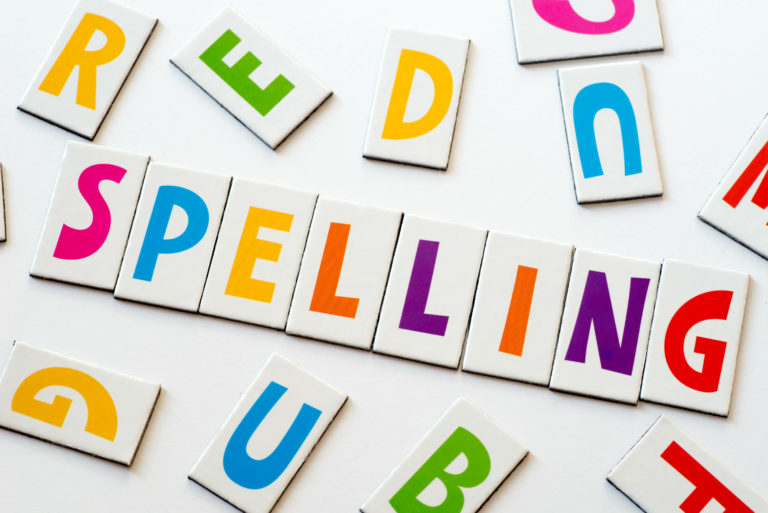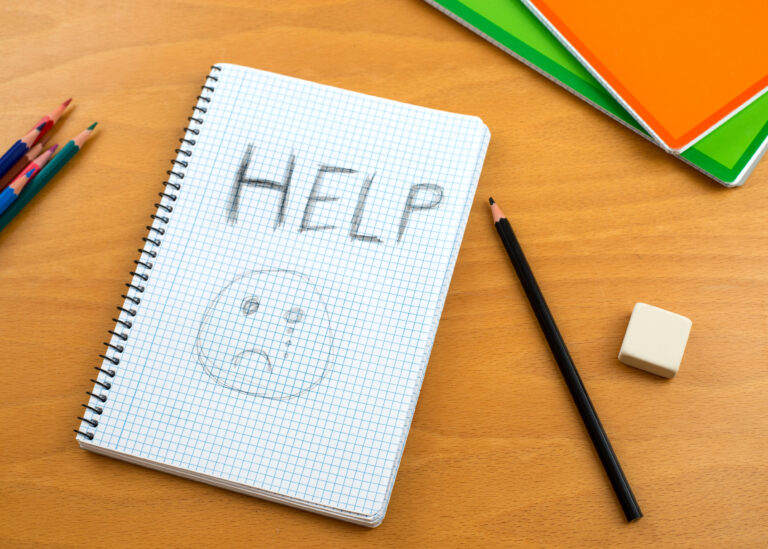Overview of Structured Phonics
Phonics is essentially the link between sounds and letters. A structured phonics approach then emphasises the teaching of this relationship between letters and sounds in a structured way.
Why?
This method of teaching helps students understand how the sounds of spoken language are represented by letters and spelling patterns, and how to use this knowledge to decode written words.
In a structured phonics program, students learn phonetic rules and patterns in a structured and sequential way, starting with the most basic sounds and progressing to more complex ones.
Programs using this approach typically include instruction in phonemic awareness (the ability to hear and manipulate the individual sounds in words), phonics (the relationship between sounds and letters), and decoding (using letter-sound knowledge to read words).
Helpful for Struggling Readers?
Structured phonics can be particularly helpful for students who struggle with reading or have dyslexia, as it provides them with a clear and systematic approach to learning the foundational skills they need to become proficient readers. It is widely used in elementary schools and is often part of a comprehensive reading program.
The Science of Reading Research
On the basis of growing understanding of the cognitive neuroscience of reading a structured phonics program is what is recommended to teach children to read.
- Explicit teaching of grapheme-to-phoneme conversion rules (“phonics”)
- With a systematic progression, based on the statistics of the language (start with frequent, regular sound-spelling mappings)
Key definitions related to structured phonics programs
Phonemic awareness
The ability to hear, identify, and manipulate individual sounds (phonemes) in spoken words.
Phonics
The relationship between letters and sounds, and the ability to use this knowledge to decode written words.
Decoding
The process of using letter-sound knowledge to read words.
Blending
The process of combining individual sounds to form words
Segmenting
The process of breaking words down into individual sounds.
Grapheme
A written or printed letter or combination of letters that represents a single sound.
Digraph
A combination of two letters that represent a single sound, such as “ch” or “th”.
Syllable
A unit of sound that contains a vowel sound and may or may not include consonant sounds.
Word family
A group of words that share a common phonetic pattern or spelling, such as “cat,” “bat,” and “rat.”






